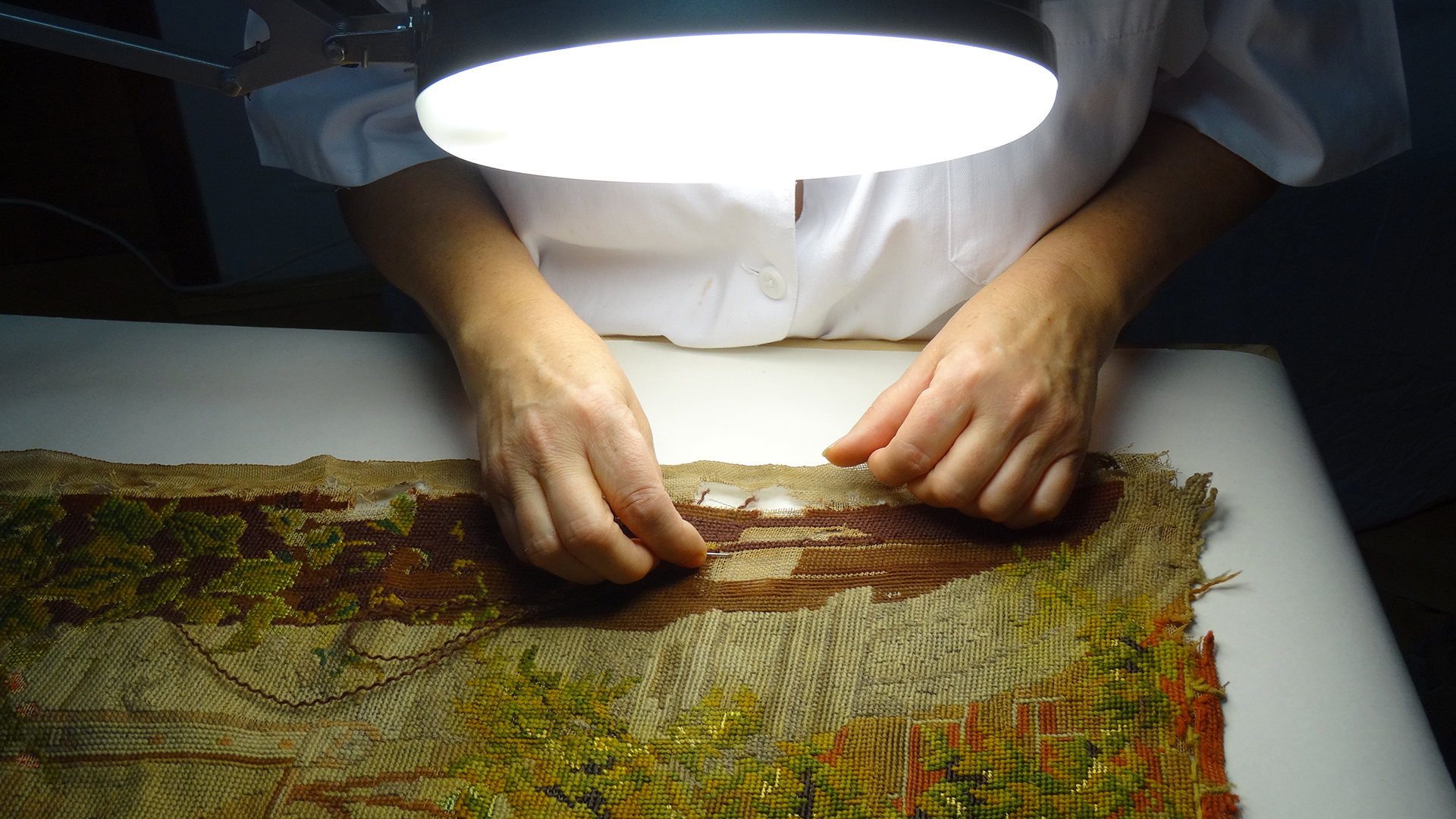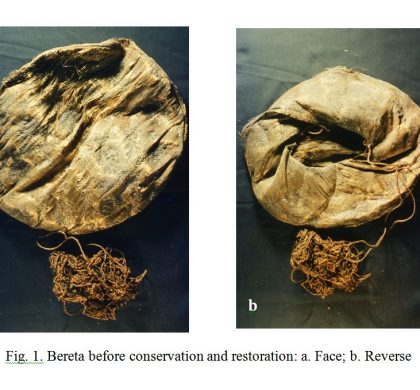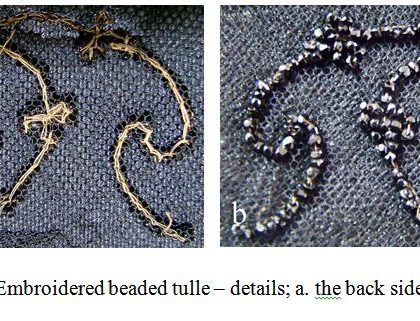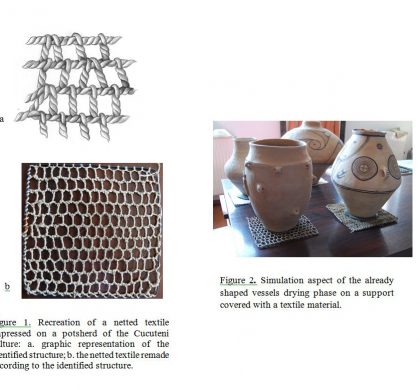The environment and textile degradation

Like other kinds of artwork, environmental factors greatly determine the longevity of textiles. When deciding where to display textiles, make sure to consider humidity, lighting and exposure to airborne pollutants.
Lighting for textiles, as with works on paper or photographs, is of particular importance as it can not only fade color but also degrade the very structure of the object. Both natural light (sunlight) and indoor lighting cause damage, often regardless of the level of UV light, though UV light will accelerate the process. Once fibers begin to yellow and break down, the damage can not be undone and will need the expertise of a trained art restoration specialist. For this reason light exposure should be limited as much as possible, both in intensity and duration.
High temperature, which can be caused by lighting or other heat sources, will accelerate the breakdown of the fibers because it acts as a catalyst for chemical reactions. Do not hang, store or display textiles near fireplaces, lights or windows. They should also not be kept in attics, where temperatures can get very hot in the summer. Humidity should be kept at 35 – 70% and should not shift rapidly since dramatic changes in humidity can cause fabrics to expand and contract. This humidity range will also deter the growth of mold, the corrosion of any attached metals and prevent the flaking of any applied paint.
Air quality is also very important as pollutants can settle on fabrics and cause chemical reactions, quickening the disintegration of the textile. Dust and gritty particles can also cause small abrasions in the fibers, similar to minute tears. Even household chemicals can become airborne and settle on fabrics, causing them to fade and weaken.



